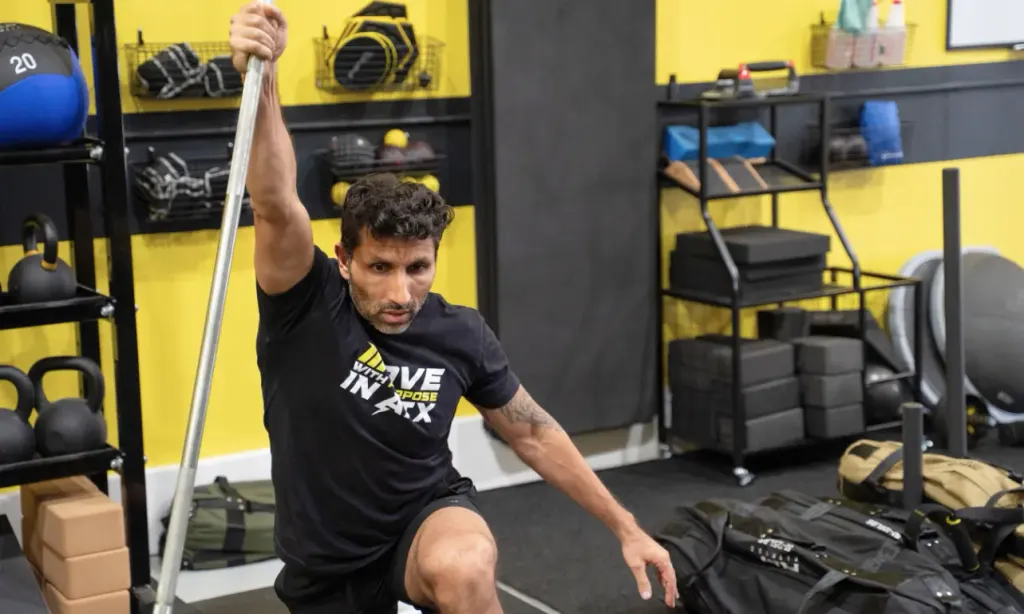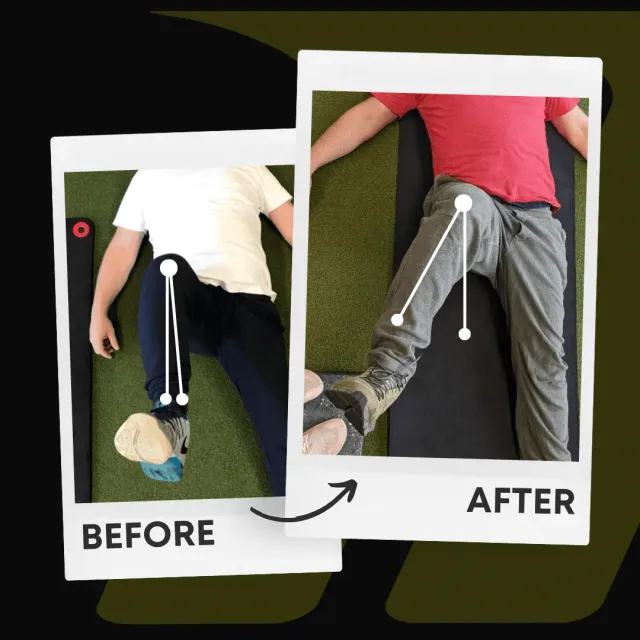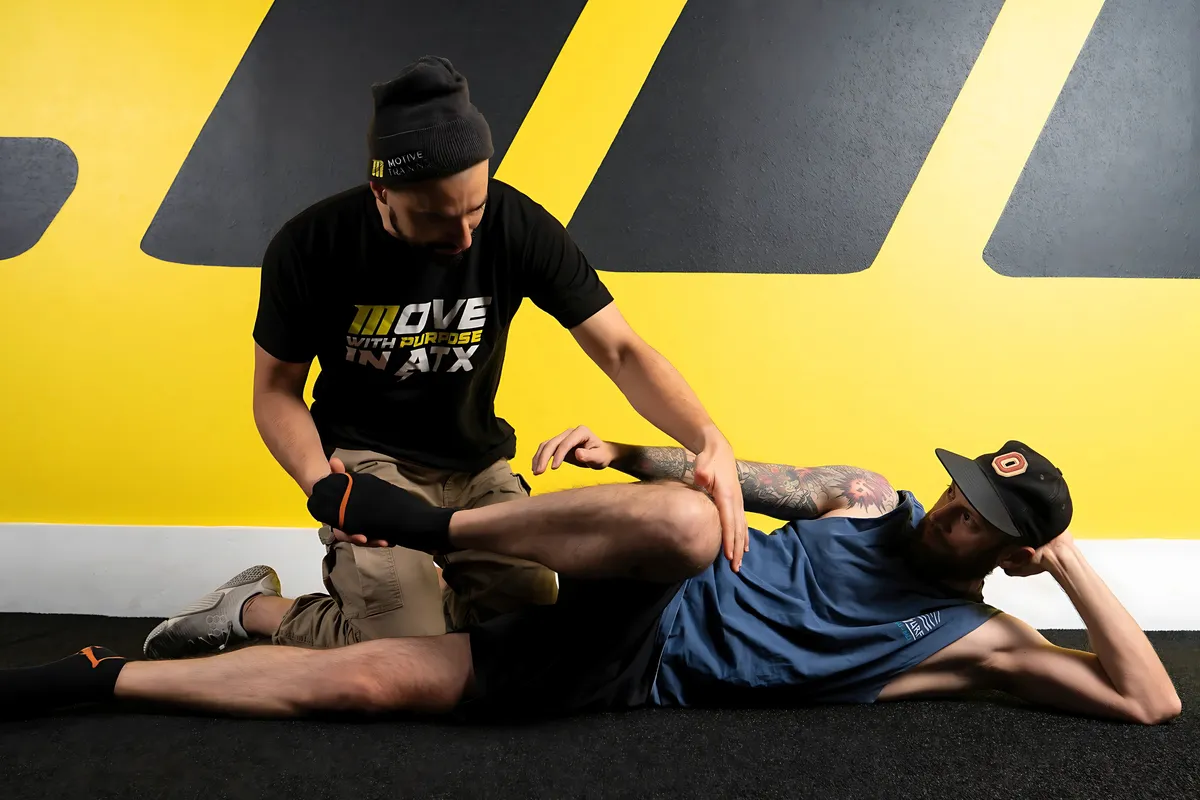Strength Is Internal
October 20, 2022 | General

Redefining Strength: What a 2020 Squat Study Tells Us About Injury Risk (and What It Doesn’t)
In 2020, the Journal of Strength and Conditioning Research published a study that caught the attention of barbell coaches everywhere. The researchers investigated the relationship between squat strength—specifically, 1-repetition maximum (1RM) back squat performance—and the risk of lower-body injuries in collegiate athletes.
They found something intuitive but worth exploring: athletes with greater barbell squat strength tended to experience fewer lower extremity injuries.
Here’s the direct quote:
“…the potential of 1RM back squat relative strength serv[es] as one tool in multi-factor preseason screening for lower extremity (LE) injury risk in these sports.”
In short, stronger squatters seemed less likely to get injured.
Now, does that mean the back squat is a magic bullet for injury prevention?
No. Not even close.
Correlation ≠ Causation (Still True in 2020 and Today)
Let’s get the obvious out of the way: this study, like most observational data, is correlational. Greater squat strength coincided with fewer injuries—it wasn’t necessarily the cause of that trend. Plenty of factors contribute to injury: training volume, sleep quality, recovery strategies, movement quality, joint control, past injuries, sport-specific demands, and yes—sometimes, just plain luck.
But that doesn’t make the finding useless. It does what good research is supposed to do: spark better questions and challenge surface-level assumptions.
So here’s the question worth asking:
Is it the act of squatting heavy that reduces injury risk—or is it something deeper about the internal capabilities of those who can squat heavy in the first place?
Let’s dig into that.
Redefining Strength: Beyond the Barbell
In most traditional contexts, strength is defined as the ability to overcome or resist external force through muscular effort. If you can lift 500 pounds off the floor or squat double your bodyweight, you’re considered strong.
That definition works. But it’s not complete.
At Motive Training, and within the Functional Range Conditioning (FRC) system we implement, strength isn’t just about how much you can move—it’s about how well you can produce and control force internally.
According to FRC:
“Strength is an emergent behavior of the biological organism that must be trained in order to be expressed.”
That definition shifts everything.
Because if strength is emergent—meaning it arises from the current state of your body—then the visible outcome (like a 1RM back squat) is just a reflection of what’s happening inside.
Strength as Input, Not Output
Here’s where the traditional model falls short. Most people chase the display of strength: a heavier squat, a better deadlift, an improved pressing PR. But the display is only as reliable as the system producing it.
You can’t output what you don’t have internally.
Muscular strength is governed by the nervous system. That system regulates how and when force is produced, through what tissues, and at what joint positions. If you’re missing mobility or joint control, your nervous system will restrict output. It’s protective. It’s smart.
In other words, the ceiling of your strength is set by your joint capacity and movement quality.
This is why we assess first at Motive—not just to see what you can do but to understand where your joints can’t go and why your strength might be capped from the inside out.
The Internal Strength Model: Training from the Inside Out
The Internal Strength Model (ISM), developed by Dr. Andreo Spina and the FRC team, reframes strength development through the lens of joint integrity and tissue adaptation.
Instead of just training movement patterns (such as squats or presses), ISM encourages us to train the components of those movements—joint by joint, tissue by tissue—so that the pattern can be performed safely and efficiently.
Here’s how it works in practice:
- Deep > Superficial: We prioritize the deeper layers of connective tissue (such as capsules and ligaments) before developing superficial muscular strength.
- Rotational > Linear: Rotational control is the foundation of joint health. If your hip can’t rotate, your squat depth is compromised before it begins.
- Isolated > Integrated: Before we load complex patterns, we isolate joint limitations and address them directly.
And here’s why it matters: most injuries don’t happen because you weren’t strong enough to lift the weight. They happen because your joints can’t support the force being applied—especially under fatigue, stress, or unfamiliar conditions.
So, Back to That Study…
The 2020 paper indicates that the strongest squatters sustained fewer injuries. But it doesn’t tell us why.
Here’s one possible answer: maybe they weren’t just strong in the squat. Maybe they had more available joint range. Better hip rotation. Stronger joint capsules. Fewer passive restraints. Better end-range control. Maybe their internal environment was more resilient.
And maybe that’s why they could squat heavy and stay healthy.
We can’t know for sure—but that’s a far more useful line of thinking than just saying, “Squat more to prevent injury.”
Because squatting more doesn’t help if:
- You’re compensating through your knees or lower back.
- Your hips lack the internal rotation to support full depth.
- Your ankles collapse under load.
- Your tissue can’t handle the repeated strain.
Which leads us to the real takeaway…
Train the System, Not Just the Symptom
The back squat is a useful tool—but it’s just one test of strength. And like any test, it’s only as valid as the system producing the result.
So instead of chasing bigger numbers just because they might reduce injury risk, ask a better question:
Is your body prepared to support the load you’re asking it to move?
If the answer is “I’m not sure,” then you’re working off assumption—not data. And that’s why every Motive Training client goes through a Functional Range Assessment first. It’s our way of understanding your inputs before we start chasing outputs.
From there, we can build true strength—not just in the movements you want to improve, but in the joint systems that allow you to do them without breaking down.
Final Thoughts: Strength Is a Byproduct, Not a Goal
Strength is essential. But it’s not magic. It’s not a cure-all for injury, and it’s not something you earn just by doing more.
It’s a byproduct of consistent inputs, including mobility, joint control, tissue adaptation, nervous system coordination, and movement precision.
The 2020 squat study is useful because it suggests that stronger athletes tend to experience fewer injuries. But that strength needs to be earned—and built on a foundation that’s more than just reps and plates.
So, if you want to get strong—and stay healthy—start by training from the inside out.
References
Written by
Brian Murray, FRA, FRSC
Founder of Motive Training
We’ll teach you how to move with purpose so you can lead a healthy, strong, and pain-free life. Our headquarters are in Austin, TX, but you can work with us online by signing up for KINSTRETCH Online or digging deep into one of our Motive Mobility Blueprints.

